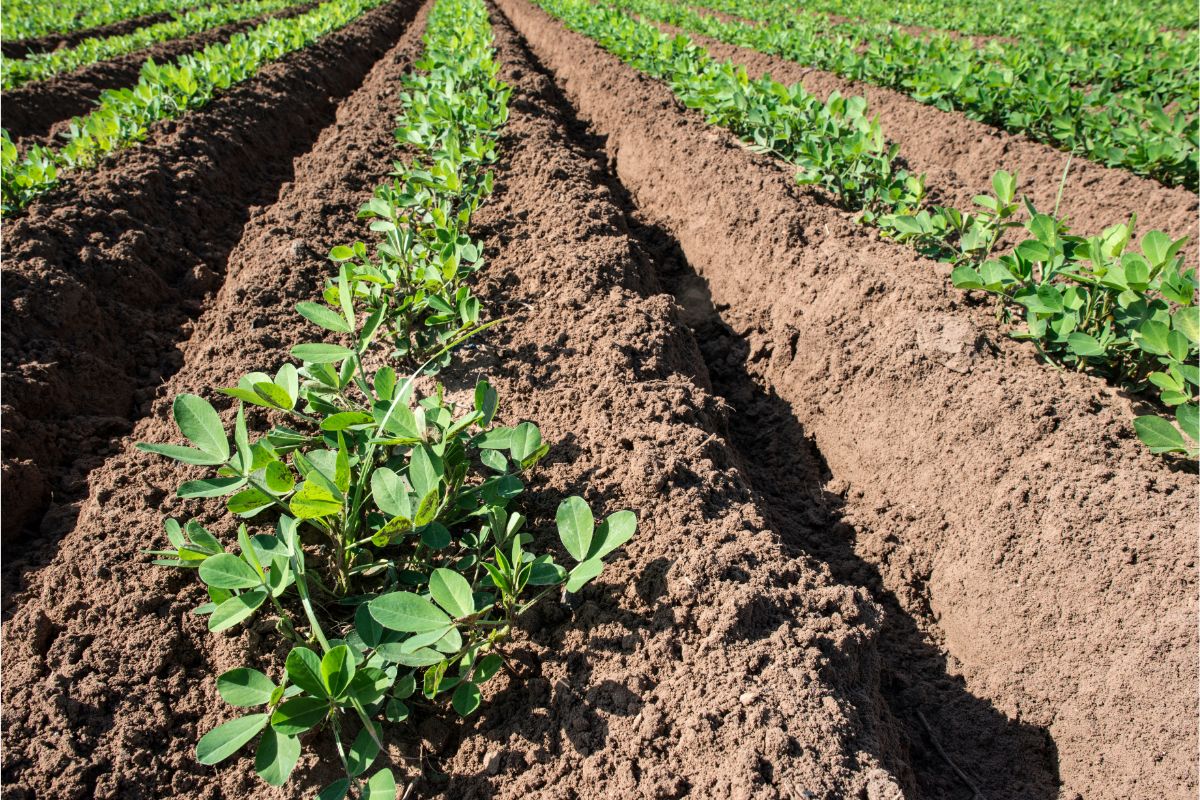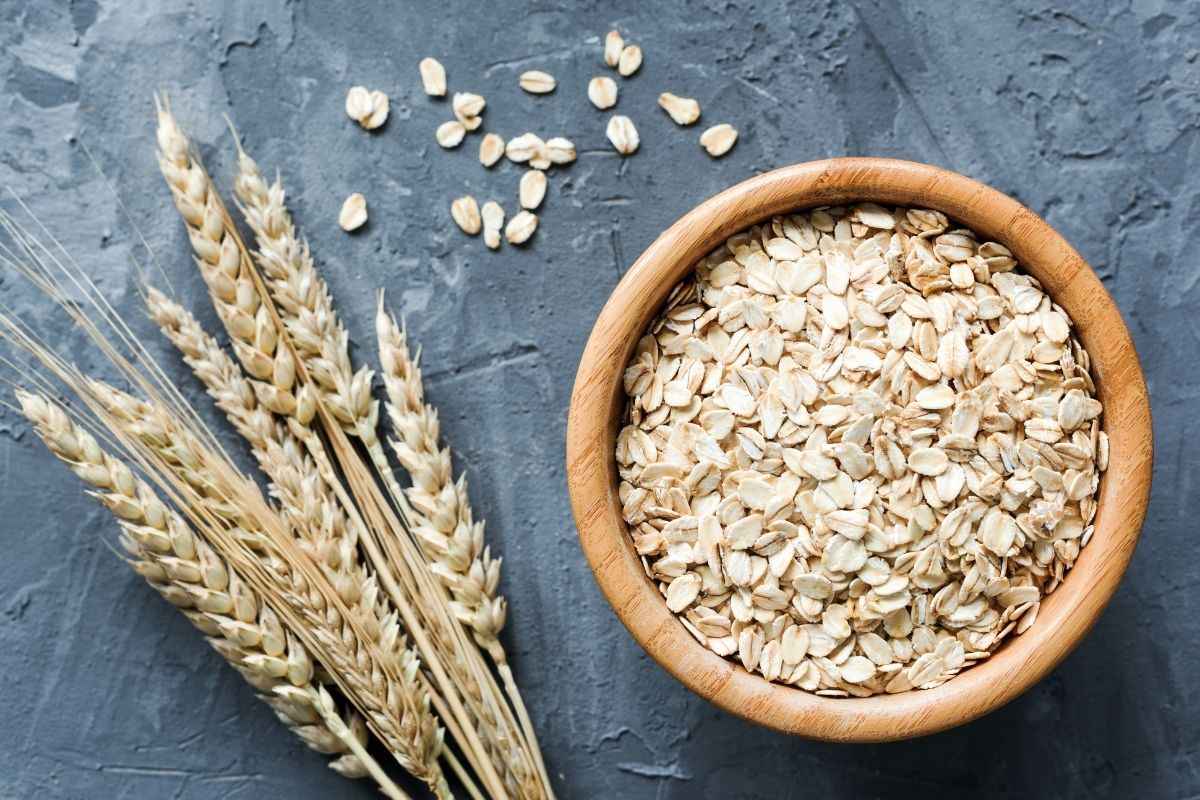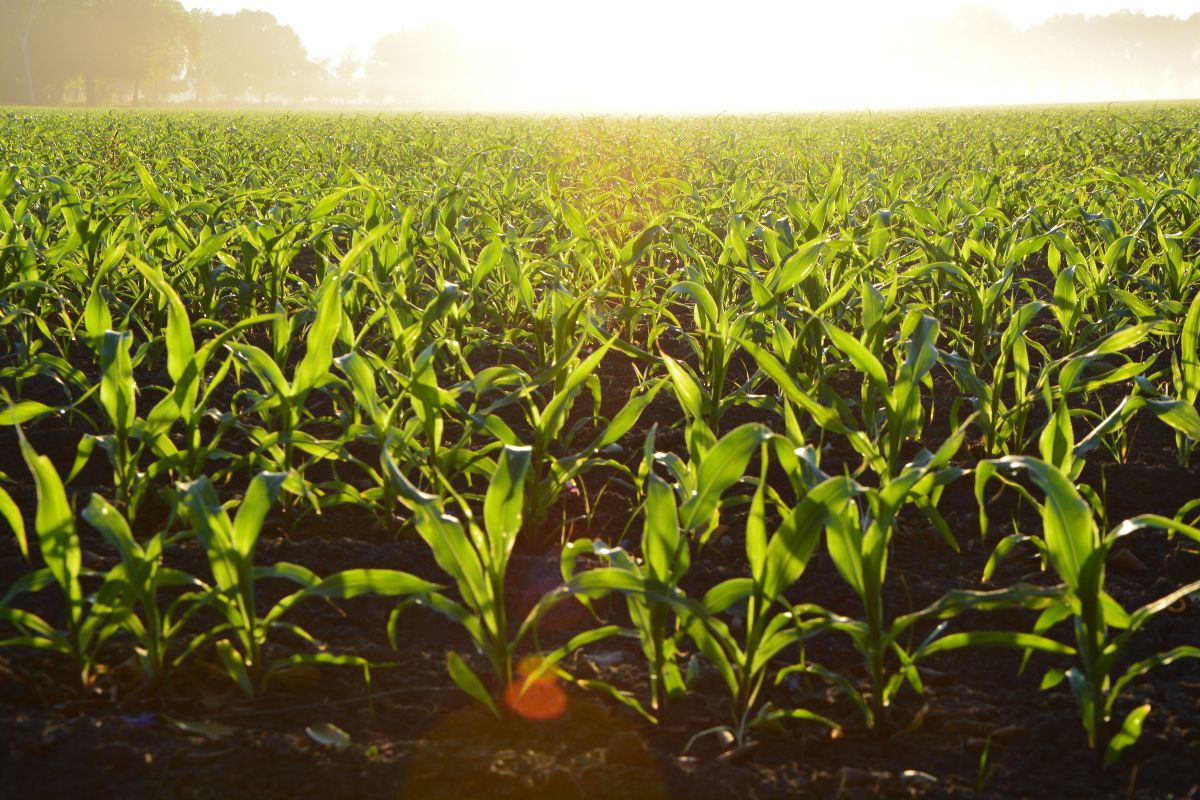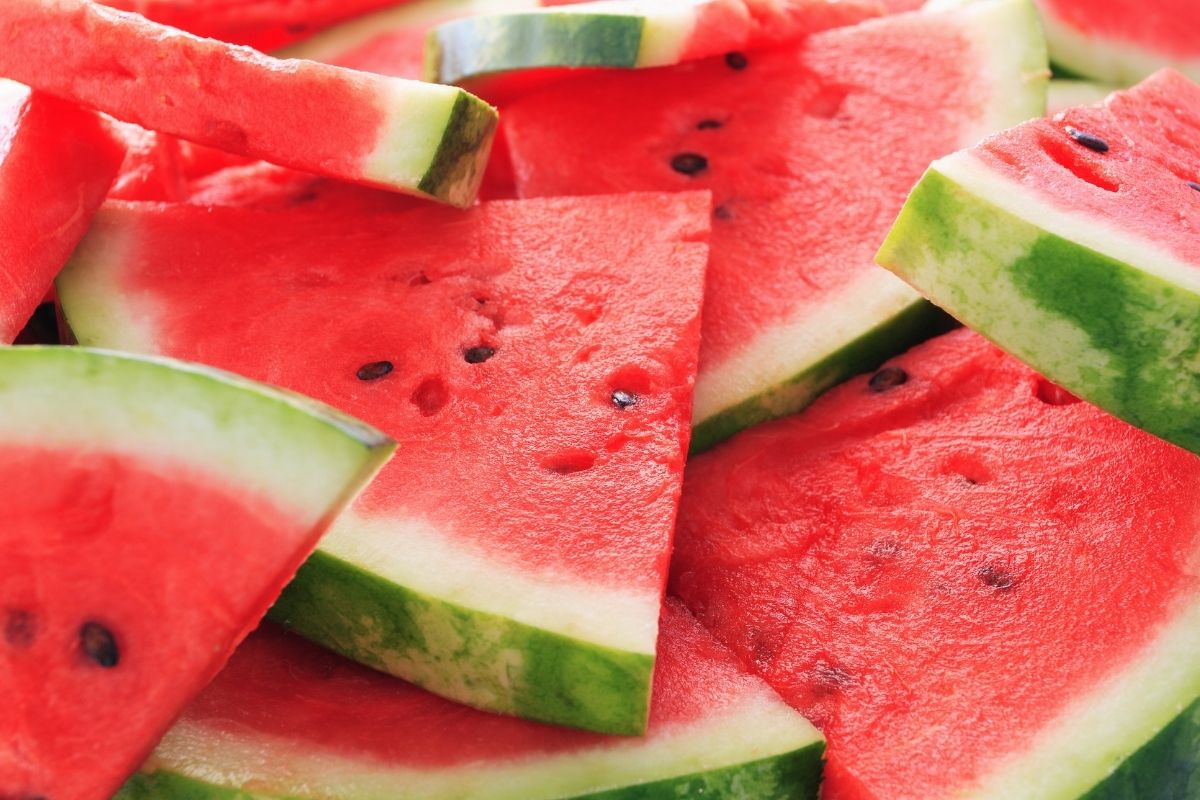Peanuts are one of the most popular types of nut in the world.
They can be eaten raw or roasted, and they have a rich flavor that is great for snacking on.
Peanuts are also used as an ingredient in many different foods, including peanut butter, candy, ice cream, bread, sauces, and more.

You’ll find peanuts grown all over the world, but the United States is by far the largest producer of peanuts in the world.
If you want to grow your peanuts, it’s important to know how to start growing them from seed.
The process of growing peanuts requires some knowledge about soil, seeds, and germination.
Read this article to learn everything you need to know about raising peanuts from seed.
A Little More About The Peanut Plant
Before we go into any more detail, let’s first cover a little more information about the plant that tasty nut comes from.
Well, actually, that’s probably a good place to start: Peanuts aren’t nuts!
Peanuts are close relatives of beans and peas, and they’re part of the legume family.
This means that they belong to the same botanical group as soybeans, lentils, peas, chickpeas, and other members of the legume family (which includes alfalfa).
The word “peanut” refers to the edible fruit of the tree or shrub that produces these delicious nuts.
These fruits are called pods, which contain tiny seeds inside.
Growing Peanuts From Seed
Seeds are the reproductive parts of plants, and they provide new plants with their genetic material.
You can use seeds to grow peanuts, and there are two main ways to do so.
First, you can buy pre-germinated peanut seeds online, and then sow those seeds directly into your garden.
Alternatively, you can buy peanut seeds that haven’t been pre-germinated yet.
In this case, you’ll need to soak the seeds overnight before planting them in your garden.
Soaking Seeds Before Sowing
There are several benefits to soaking seeds before sowing them.
For example, if you soak seeds before sowing them, you’ll increase the chances of getting healthy sprouts from your seeds.
The best way to soak seeds is to put them in a jar filled with water. Place the lid on top of the jar, and leave the jar somewhere dark and cool.
If you don’t have access to a refrigerator, you can keep the jar in your pantry instead.
It will take at least 24 hours for the seeds to fully absorb the water, but you can check them every day and see when the water has turned cloudy.
Once you’ve soaked your seeds long enough, drain out the excess water and pat dry with paper towels.
Now that your seeds have absorbed plenty of water, it’s time to plant them. Here’s what you need to know before you begin:
- Soak your seeds in warm water for at least 12 hours.
- Drain off the extra water.
- Keep the container where you soak your seeds away from direct sunlight.
- Put the seeds in a pot or directly into your garden.
- Cover the seeds with just enough moist soil to completely veil them.
- Water well.
- Watch for signs of sprouting.
- When you see the sprout you’ve been waiting for, wait until it reaches roughly 6 inches, then loosen the surrounding earth.
- Continue watering.
- Harvest your peanuts once they reach maturity.
This is only a brief overview of the steps involved in growing peanuts from seed.
There are plenty of resources available online that offer detailed instructions on how to grow peanuts from scratch.
Growing Peanuts From Pre-Germinated Plants
If you’d prefer not to bother with seeds, you can also grow peanuts by using plants.
You can either purchase peanut plants already grown or purchase transplants from a local nursery.
To transplant your plants, first, choose a spot for your new plants. Choose a sunny location, such as an area under a large tree.
Next, dig a hole deep enough for the roots of your plant to fit comfortably.
Plant the bottom half of the plant, making sure the root ball doesn’t touch the sides of the hole. Fill in around the roots with soil.
Once all of your plants have received the proper amount of sun exposure, add fertilizer to your soil.
This should be done after the first spring frost, because fertilizing early may prevent the plants from flowering later in the season.
After you’ve added fertilizer, water each plant thoroughly. Continue doing this regularly throughout the summer months.
When you notice flowers blooming on your plants, remove any weeds from around the base of the flower stalks.
Make sure to cut back the tops of your plants to encourage more growth during the upcoming growing season.
The peanut pods themselves will be growing under the soil whilst the plant is gathering nutrients.
Once it is time to harvest them, dip them out in the same way that you would a root vegetable, such as potato, then leave them to dry in a cool area.
And bingo! There are your peanuts!
Frequently Asked Questions
How Long Does It Take To Grow Peanuts?
Peanuts take approximately six to eight weeks to fully mature.
However, if you’re patient, you’ll be able to enjoy freshly harvested peanuts over the course of a year.
Can I Grow Peanuts Indoors?
Yes, but it takes much longer than growing peanuts outdoors.
If you want fresh peanuts indoors, you’ll need to start when temperatures outside are below 50 degrees Fahrenheit.
Otherwise, you might get moldy peanuts.
What Kind Of Soil Do Peanuts Need?
Peanuts like neutral pH soil, so don’t use acidic materials.
As long as your soil has enough organic matter, there shouldn’t be too many problems.
Is Peanut Seed Easy To Find?
You can find peanut seeds at most garden centers and nurseries. Just make sure you buy the right kind of peanut seeds.
Don’t forget about planting mixes as well. These contain additional nutrients and other ingredients that help your plants grow faster.
Is Peanut Nutritious?
Yes, peanuts are full of protein, fiber, vitamins, minerals, and dietary fat. They even help lower cholesterol levels.
Conclusion
In conclusion, peanuts are a wonderful food source.
The best part about growing peanuts yourself is that you know exactly what goes into your food.
Plus, you won’t have to pay exorbitant prices for high-quality peanut butter. Enjoy the fruits (or nuts) of your labor!
- Pull Sprouts: 1 Potato Peel, 200 Plants - July 7, 2022
- Creeping Thyme: Flowering Herb And Ground Cover - July 7, 2022
- East meets Midwest in the garden of Linda Brazill and Mark Golbach, Part 1 - July 7, 2022







